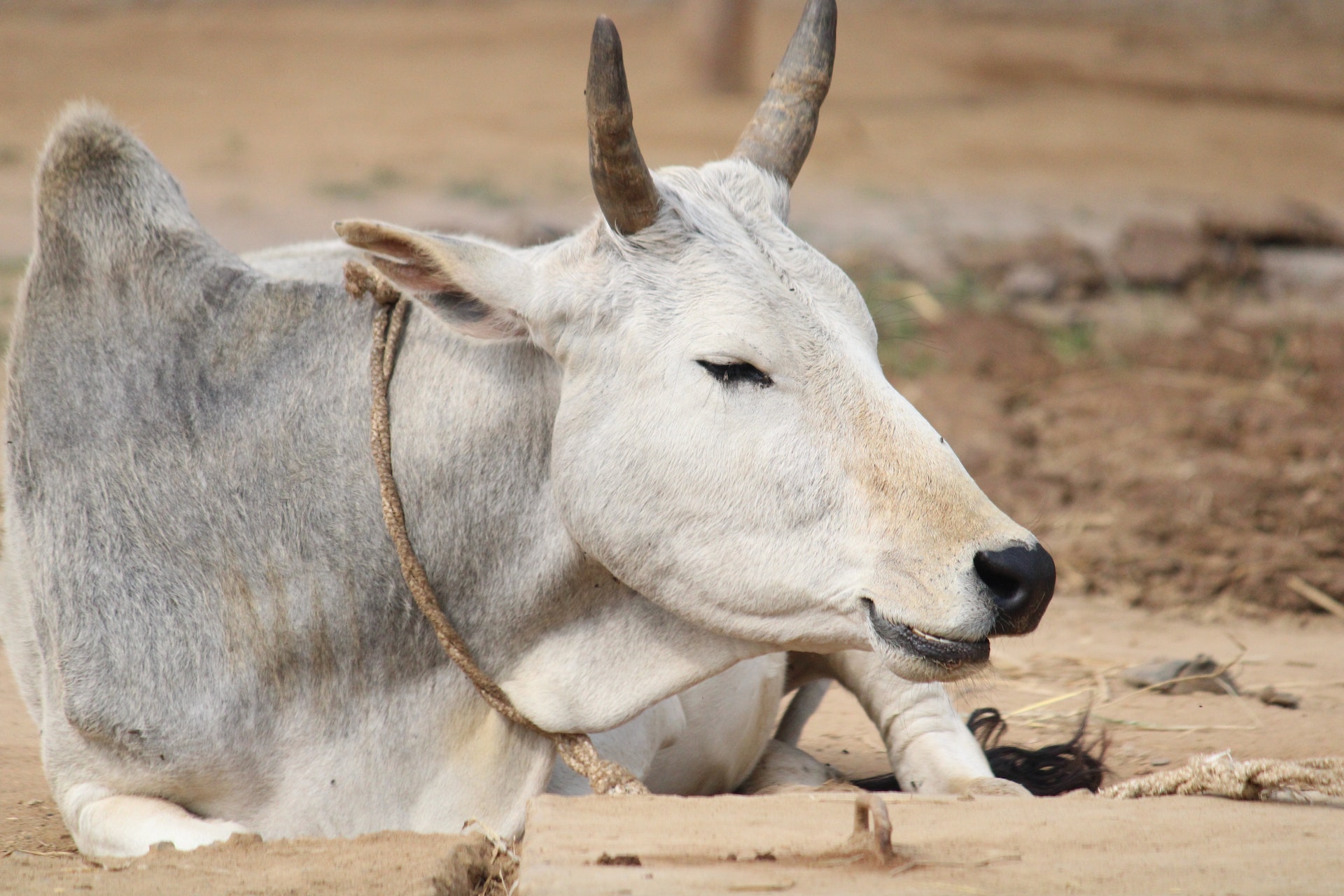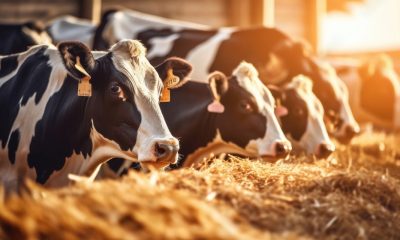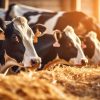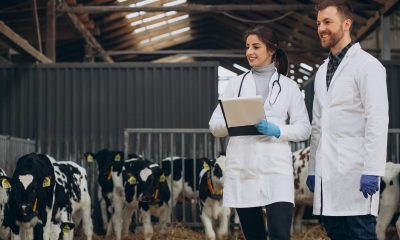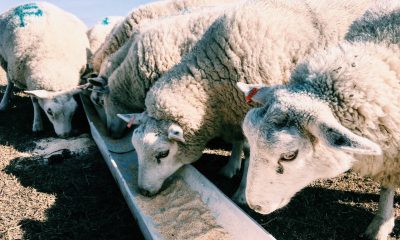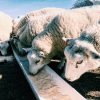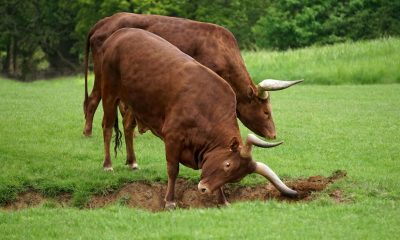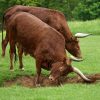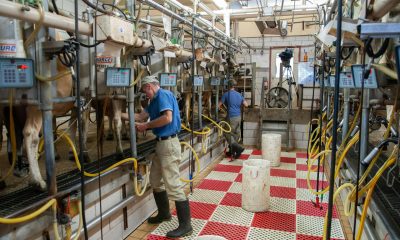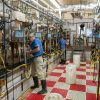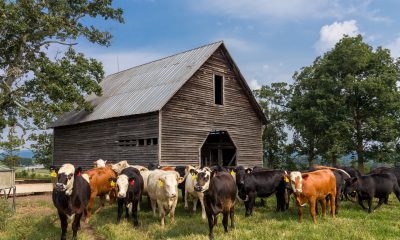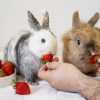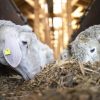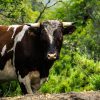Artificial insemination is more than just an innovative means of inducing pregnancy in cattle. It is a potent instrument used mostly for cattle improvement. The germplasm of top-grade bulls may be efficiently exploited in artificial insemination with little consideration for their location in distant regions. The use of artificial insemination would significantly reduce both genital and non-genital illnesses in farming bulls.
Though artificial insemination (AI) is prevalent in the cattle sector and is frequently administered by farm managers or staff, it should not be considered that AI is a simple procedure or that all individuals who execute it are skilled. Success rates vary, as indicated by differences in conception rates between technicians. When doing artificial insemination, using the proper procedures can assure success while reducing the risk of damage to both the technician and the animal. Acquiring proficiency in artificial insemination takes extensive training, understanding, and practice. Successful artificial insemination necessitates placing the sperm in the correct spot in the female reproductive tract while employing hygienic methods. Let’s look at some of the advantages and techniques used for the success rate of artificial insemination in bulls.
What are the advantages of Artificial Insemination (AI)?
Artificial insemination has shown to be quite efficient for improving the genetic potential of animals for increased output, which is why AI is now the backbone of all breeding operations in India. Over 80% of all cattle in commercial dairy production are currently artificially bred. Dairy farmers have had remarkable achievements in boosting milk output. A substantial part of the success may be attributed to the enhancement of dairy cattle’s genetic potential through the use of superior sires via artificial insemination. There are several advantages to artificial insemination in various types of livestock; however, only those that pertain largely to cattle are mentioned below.
Disease control
It aids in the prevention of the transmission of infectious illnesses of the genital organs, such as trichomoniasis, through contact between females using males. When a male is employed by several breeders, this becomes increasingly significant. The frequency of trichomoniasis is global, and the accompanying losses are considerable. As a result, artificial insemination will help to avoid the spread of numerous illnesses.
Decreases chances of injury
In an AI program, sperm is typically taken every other day. Thus there is considerably less risk of harm. Not only does this almost eliminate harm to the bull, but it also drastically minimizes the likelihood of injury to anyone working in the breeding shed.
Allows more cattle to breed
The use of AI allows for the production of many calves from a bull by separating the sperm for several functions. This is especially critical for a valued or proven bull and considerably increases his utility. It will also help to prevent the overuse of a valuable sire in a large herd. We can breed bulls when they are most prepared for conception since we can store semen, either cooled or frozen. This would involve mating the bull up to 5-6 times per day in a natural service scheme.
Artificial Insemination techniques for fertility
The Artificial Insemination process is widely used in the cattle business and is frequently carried out mechanically. The recto-vaginal approach and the speculum method are the two most common Artificial Insemination procedures employed across livestock species. Two methods are recognized as appropriate insemination procedures in the cattle sector based on the dimensions and makeup of the reproductive system.
- Recto Vaginal Method: The recto vaginal technique is the most often used Artificial Insemination method in the dairy and beef sectors, owing to its convenience and being seen to be the safest for the animal. Rectal palpation is used to manipulate the reproductive tract, specifically the cervix. The technician must have a solid grasp of reproductive anatomy as well as the ability to penetrate the cervical os and implant the sperm using just blind palpation.
- Speculum Method: The speculum method is a considerably less common approach among cattlemen, although it may have certain advantages that might lead to its increased usage in the future. This procedure is commonly used in small ruminants, namely goats because their diminutive size precludes the technician from directly manipulating the reproductive canal through the rectum. It consists of inserting a speculum into the vagina and pushing it up to the posterior end of the cervix.
Artificial insemination (AI) success rates in bulls can be impacted by a wide range of factors. Let’s take a closer look at each of these elements:
- Semen Quality: The quality of the bull’s sperm is important to the effectiveness of AI. Sperm concentration, motility (swimming ability), morphology (form and structure of sperm), and viability (percentage of living sperm) are all factors that influence sperm fertility.
- Age and Health Status: The bull’s age and overall health might have an influence on fertility. When compared to adult bulls, young bulls may have reduced reproductive rates. Furthermore, any health problems or reproductive anomalies might impair the bull’s capacity to generate healthy sperm.
- Herd Health Management: Reproductive disorders that can impact reproduction rates are less likely to occur when herd health management practices are held to a high level.
- Environment: The AI operation should take place in a stress-free and pleasant setting for both the bull and the person implementing the AI.
